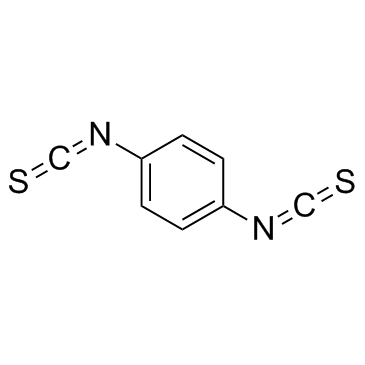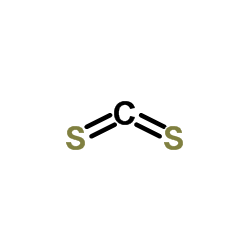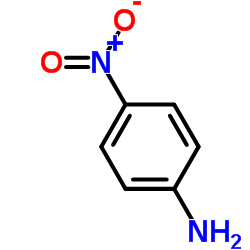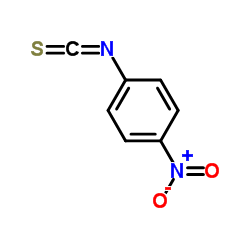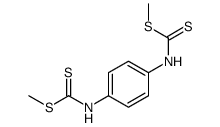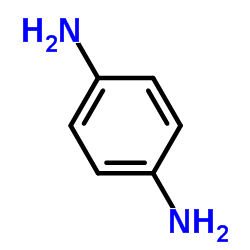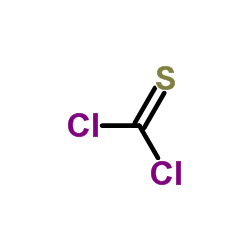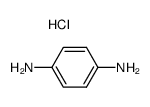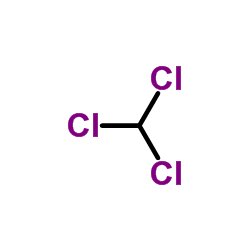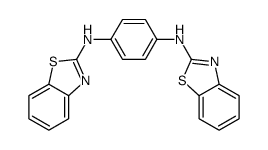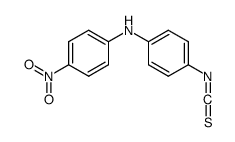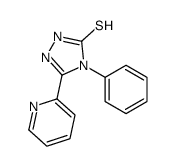4044-65-9
| Name | 1,4-phenylene diisothiocyanate |
|---|---|
| Synonyms |
Bitoscanate
EINECS 223-741-3 1,4-Diisothiocyanatobenzene,Bitoscanate,PDITC p-Phenylene diisothiocyanate MFCD00004811 Benzene 1,4-Diisothiocyanate 1,4-Diisothiocyanatobenzene 1,4-Phenylene Diisothiocyanate |
| Description | Bitoscanate (p-Phenylene diisothiocyanate) is an organic chemical compound used in the treatment of hookworms. |
|---|---|
| Related Catalog | |
| References |
| Density | 1.2g/cm3 |
|---|---|
| Boiling Point | 339.4ºC at 760 mmHg |
| Melting Point | 129-131 °C(lit.) |
| Molecular Formula | C8H4N2S2 |
| Molecular Weight | 192.26100 |
| Flash Point | 167.2ºC |
| Exact Mass | 191.98200 |
| PSA | 88.90000 |
| LogP | 3.15520 |
| Vapour Pressure | 0.000182mmHg at 25°C |
| Index of Refraction | 1.641 |
| Storage condition | −20°C |
| Water Solubility | chloroform: clear |
CHEMICAL IDENTIFICATION
HEALTH HAZARD DATAACUTE TOXICITY DATA
|
| Symbol |


GHS06, GHS08 |
|---|---|
| Signal Word | Danger |
| Hazard Statements | H301-H315-H319-H334-H335 |
| Precautionary Statements | P261-P301 + P310-P305 + P351 + P338-P342 + P311 |
| Personal Protective Equipment | dust mask type N95 (US);Eyeshields;Faceshields;Gloves |
| Hazard Codes | Xn: Harmful;Xi: Irritant; |
| Risk Phrases | R22 |
| Safety Phrases | S22-S26-S36/37 |
| RIDADR | UN 2811 6.1/PG 3 |
| WGK Germany | 3 |
| RTECS | NX9150000 |
| Packaging Group | II |
| Hazard Class | 6.1 |
| HS Code | 2930909090 |
| Precursor 7 | |
|---|---|
| DownStream 4 | |
| HS Code | 2930909090 |
|---|---|
| Summary | 2930909090. other organo-sulphur compounds. VAT:17.0%. Tax rebate rate:13.0%. . MFN tariff:6.5%. General tariff:30.0% |
